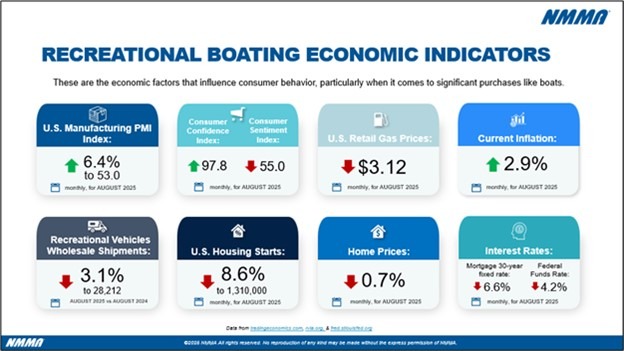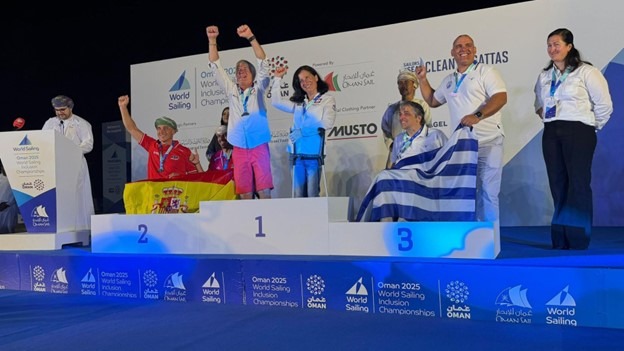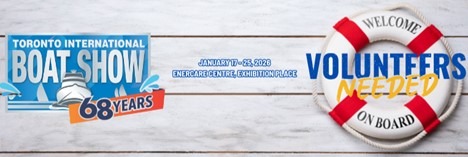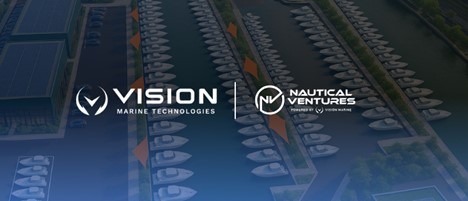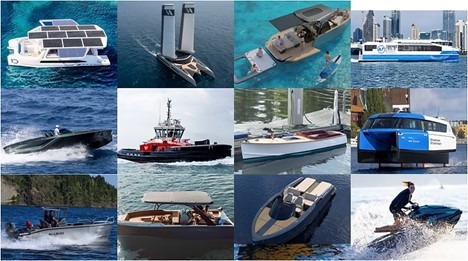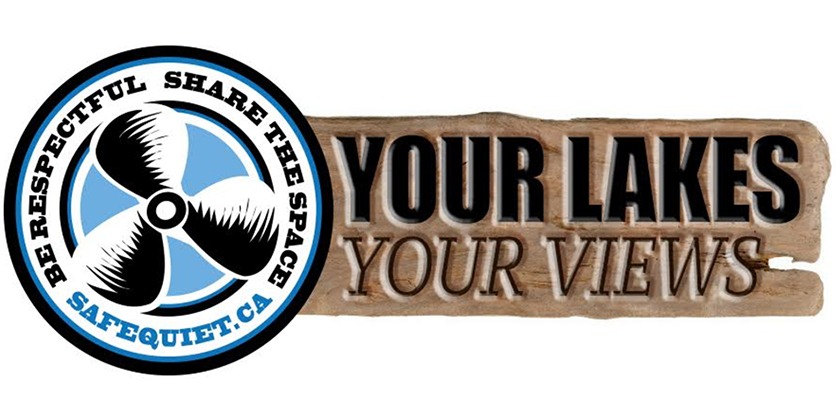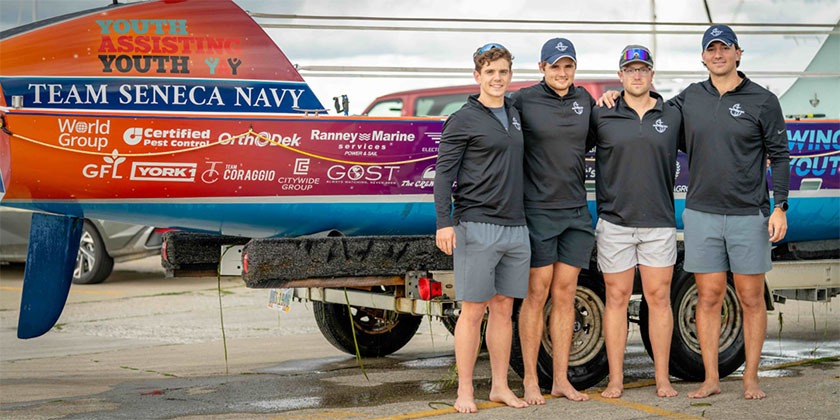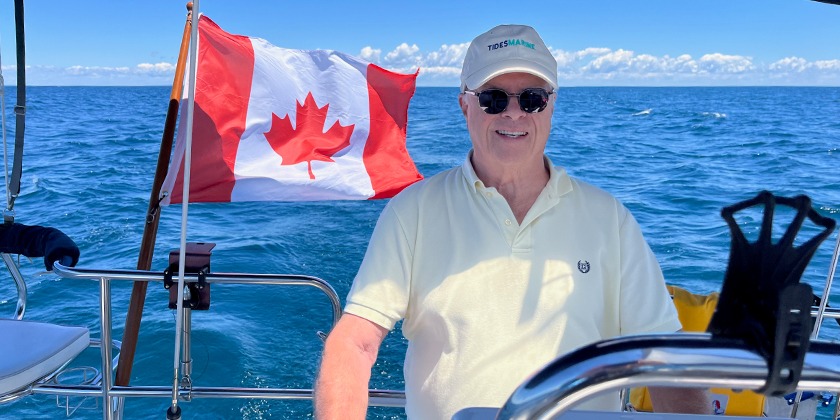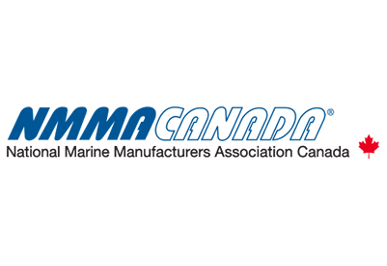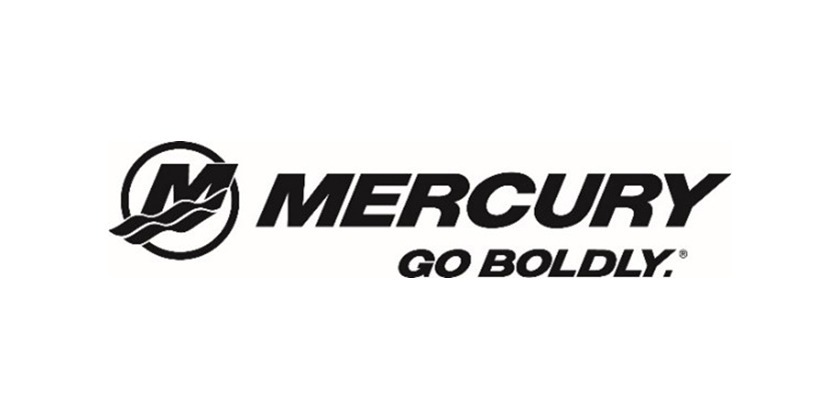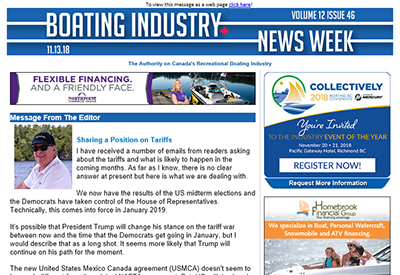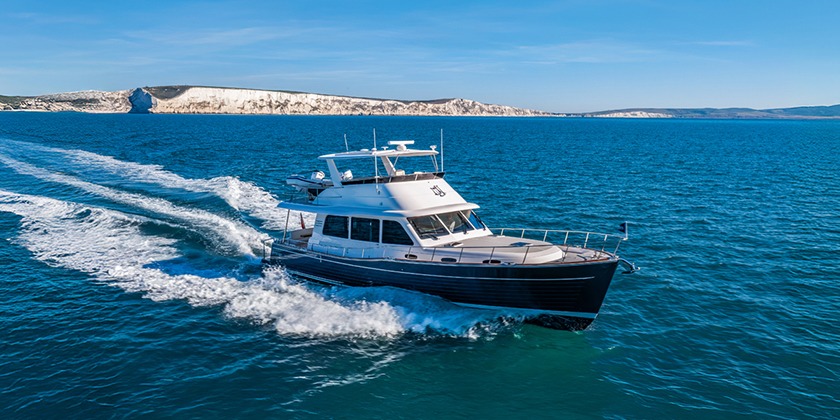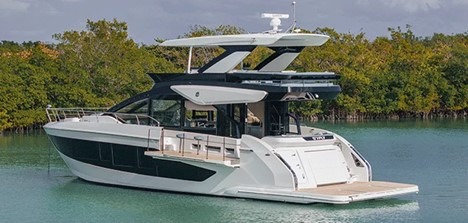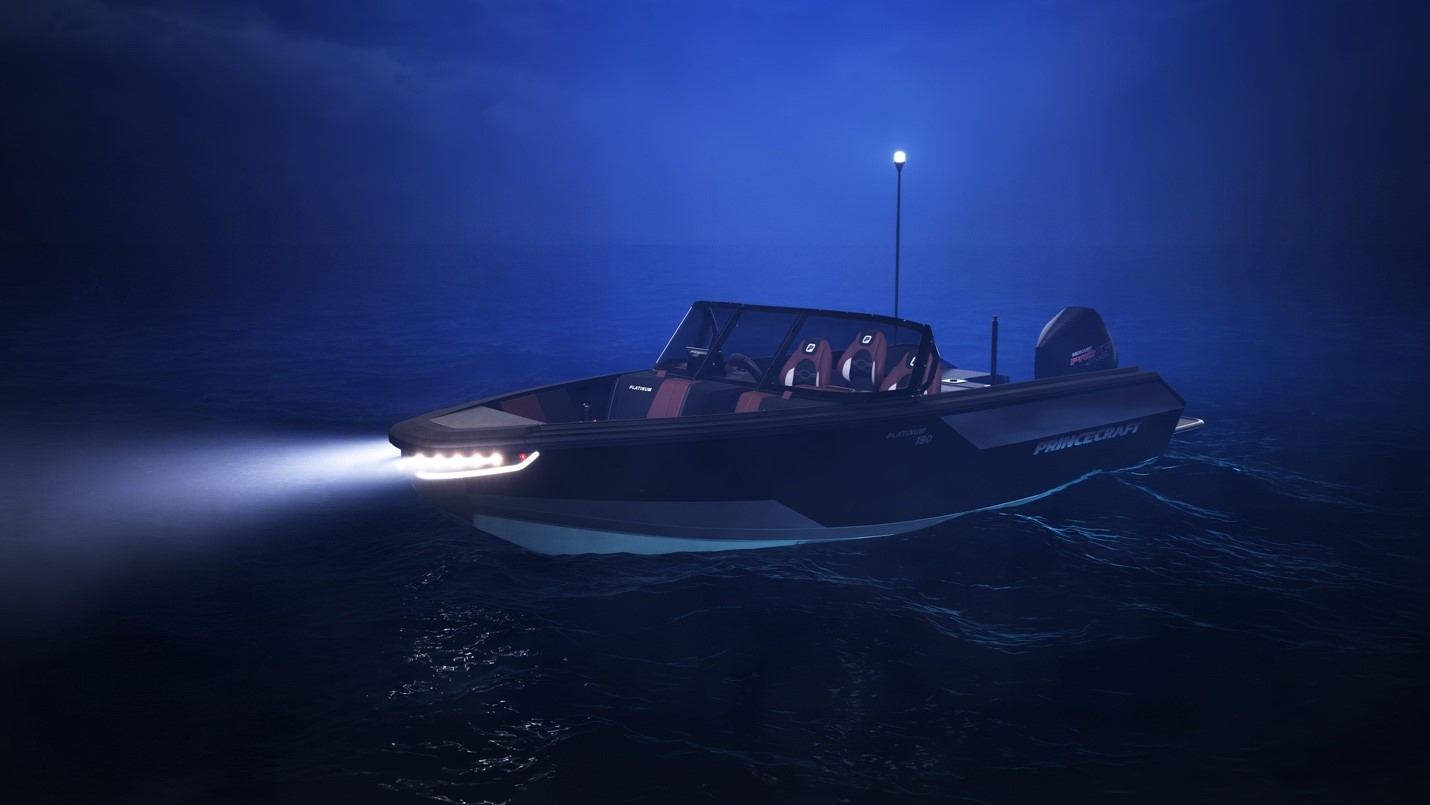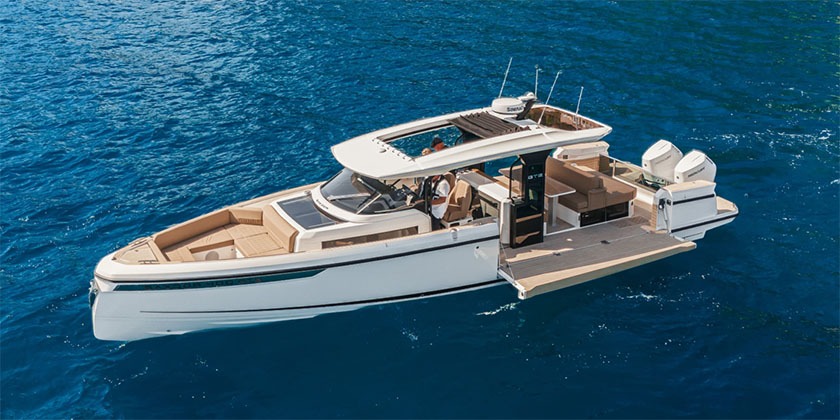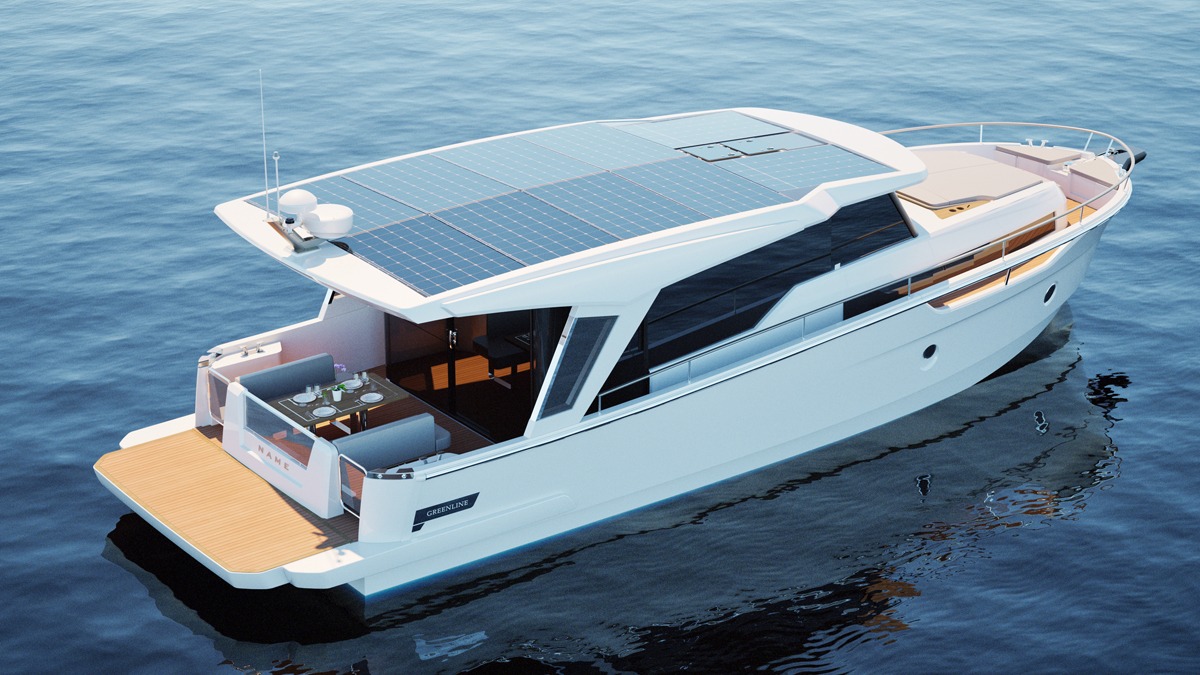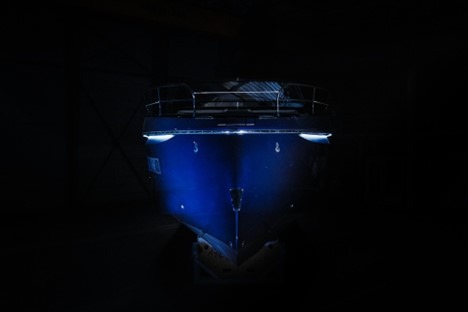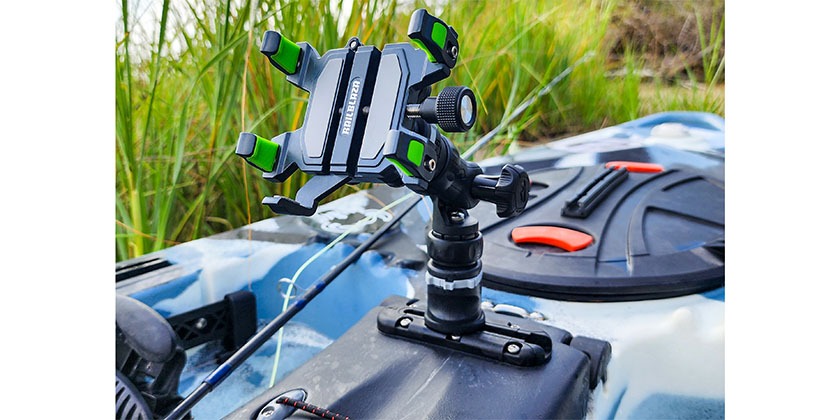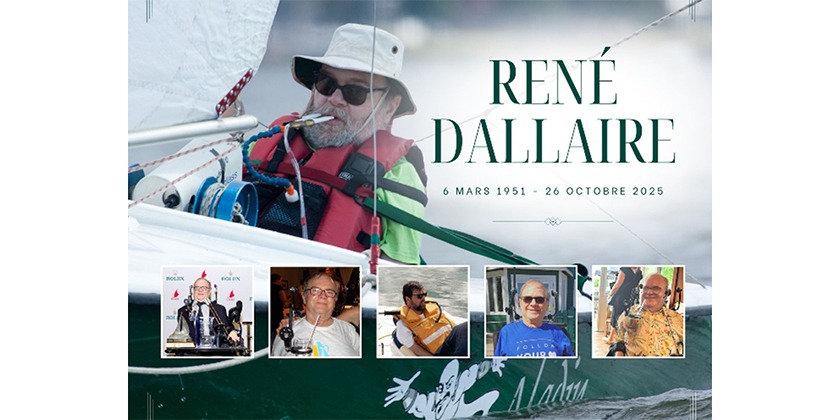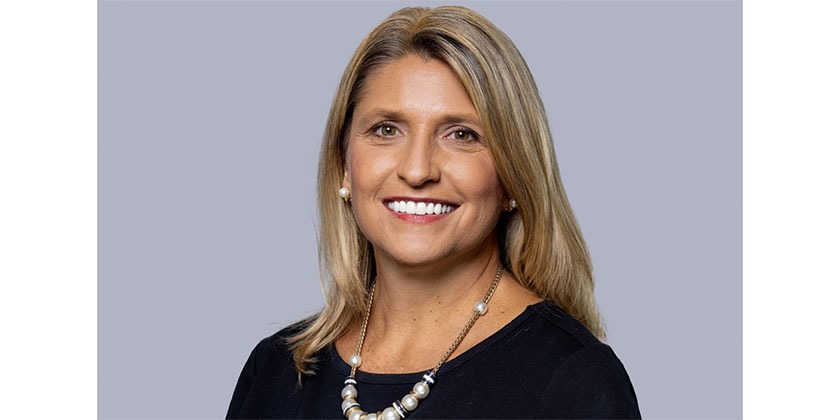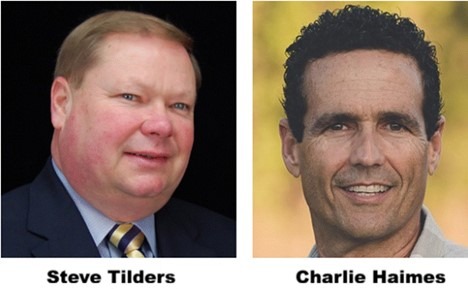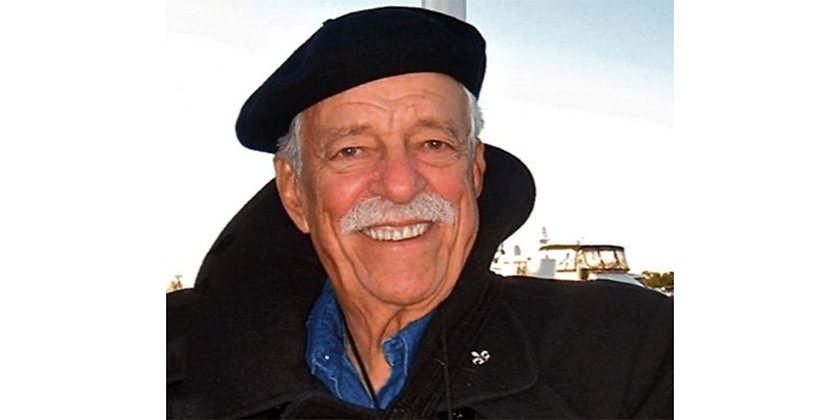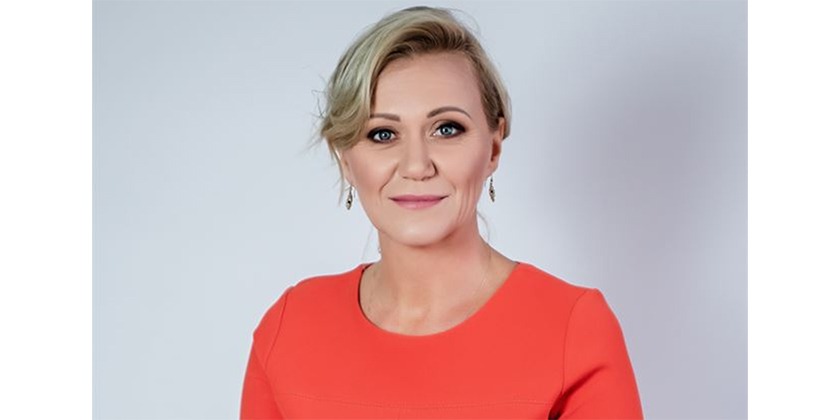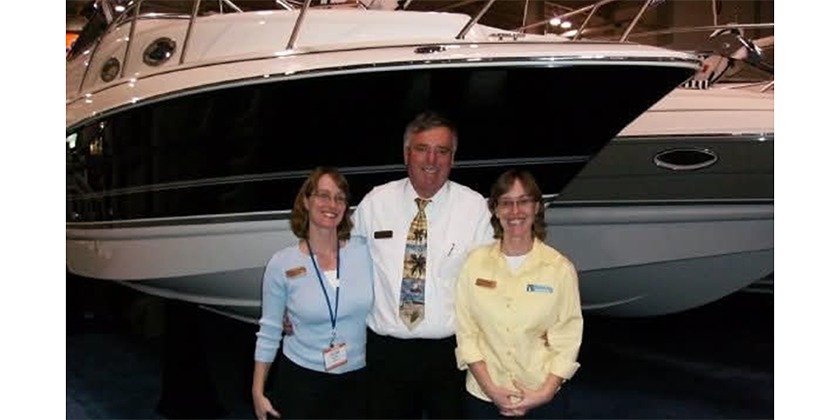BRUCE KIRBY NAMED TO THE ORDER OF CANADA
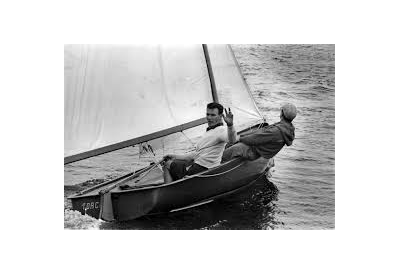
Jan 9, 2018
Bruce Kirby was born and raised in Ottawa and began sailing on Lac Deschenes with his father and older brother David. He likes to say he was late getting started because he was born in January and didn’t get sailing until June.
When he was 8 and his brother was 10 their father designed and built them a 12-foot double ended sloop; with a self bailing cockpit. The boat performed well and gave the youngsters a boat to use when they were not crewing aboard the family’s 24-foot Velvet.
By World War II the boys were actively racing a 14-foot Peterborough catboat, which had been left to them by a family friend who had been sent overseas. From there it was a small but significant step to the International 14 Class, and by war’s end the Kirby boys, now teenagers, were crewing in this hot dinghy class, and borrowing boats from absent owners whenever possible.
On graduating from Ottawa’s Lisgar Collegiate in 1949 Bruce went to work at the Ottawa Journal as a reporter and began a career in journalism that lasted until 1975.
In the middle of his time at the Journal he took a year to sail in Europe with friends aboard a 70-foot ketch and wrote a series of articles on their adventures for the Journal.
Back into small boats upon his return to Canada, he sailed a Finn in the 1956 Olympics at the age of 27, only six months after marrying Margo Dancey of Ottawa, and moving to Montreal to work for the Montreal Star. The Games that year were in Melbourne and Bruce finished 8th out of 24.
It was two years later, in the fall of 1958, that he tried his hand at serious design work with his first International 14, which became known as the Kirby Mark I. He designed the boat for himself after having raced in Cowes for Canada against British and New Zealand teams; but before his boat was completed four friends had ordered boats and the designer took the fourth one out of the mould. In that Cowes regatta the Canadian team won, but only because the wind was predominately light to medium. Every time it blew up a bit the Kiwis were superior upwind. So Bruce’s Mark I was aimed at speed upwind in heavy air, and it turned out to be quite fast in those conditions. In all there were 28 Kirby Mark 1s built, and there were two of them, including the designer’s, on the Canadian squad that won the team event at Toronto in 1961. Six more Kirby 14s were designed in the ensuing 14 years, and in particular the Mark III and Mark V sold very well in all countries where the class was popular.
Bruce, Margo and their daughters Janice and Kelly moved in 1965 from Montreal to Chicago, where Bruce became editor of the old One Design yachtsman Magazine, which is now called Sailing World.
Six moths later, at the same time as he was working on his Mark V International14, he was asked by a Montreal friend to design a ìcartopperî dinghy, and the result of that was the Laser, which hit the market in January of 1971. The success of this little boat – there are now 182,000 worldwide – inspired the designer to resign from the magazine and go full time into sailboat design.
Since then he has come up with about 60 designs, including many IOR boats, and the 12-Meters Canada I and Canada II which were America’s Cup challengers in 1983 and ’87. He has also designed several cruising boats, including a line of shallow draft sharpies aimed at the home builder. In terms of numbers his second most successful design was the San Juan 24, an IOR Quarter Tonner, which was built in Seattle and North Carolina, and about 1,200 of which were produced.
In 1993 the Laser was chosen as one on the Olympic classes and first sailed in the Games in the 1996 event in Savannah. A few months ago the Laser Radial, which is a Laser with a reduced rig, and intended for lighter people, was chosen as the women’s single handed Olympic boat.
Kirby’s 23-foot Sonar and the Ideal 18 are turned out by Ontario Yachts in Oakville. The Sonar is also being built in England. Bruce does his serious racing in the Sonar class, which numbers 28 at his club in Connecticut and 800 worldwide. The Sonar is used in the Paralympics and world championships by disabled sailors.
On the race course Bruce followed his 1956 Olympic effort with another try at the Finn in Japan in 1964. This time he was 11th of 35, and likes to point out that again he was in the top one third. This was not the case when he sailed on the Canadian team in the Star Class in Acapulco in 1968, where he dropped below mid fleet.
He raced in the Southern Ocean Racing Circuit from 1968 until 1983. and in 1981 was skipper of his own Runaway, a 40 foot fractional sloop which finished fifth in class and won the Nassau Cup, the final event of the series, in Class C. Under Kirby’s command Runaway also won the 1980 Block Island Week in class and sailed on the Canadian team in the 1981 Admiral’s Cup in England, finishing 9th out of the 39 boats from 13 countries.
For the past 36 years Bruce and his family have lived in the village of Rowayton on the shores of Long Island Sound about 40 miles from New York City, and for the past 27 years have owned a harbor side home with a dock at which he keeps his self-designed 35 foot centerboarder, Nightwind.


